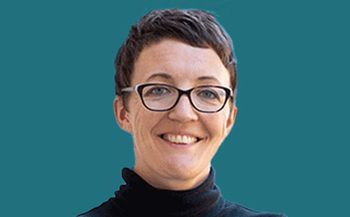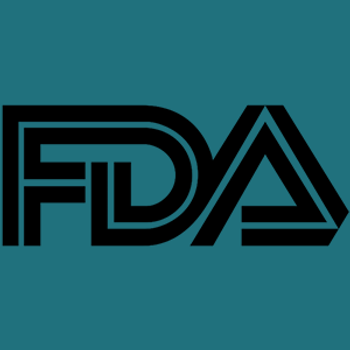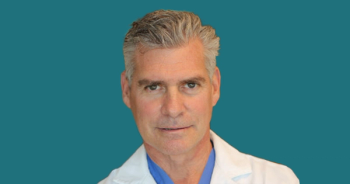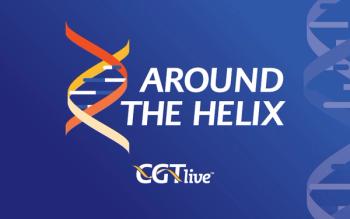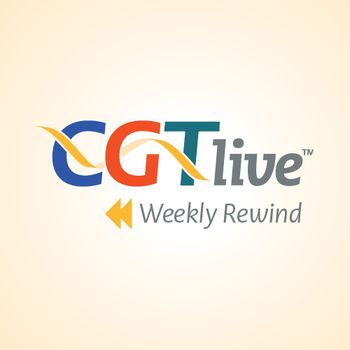
(P027) Definitive Radiation Therapy for Merkel Cell Carcinoma of the Temple: Intensity-Modulated Radiotherapy (IMRT), Matched Electron Fields (MEFs), or Bolus Electron Conformal Therapy (BolusECT, .decimal Inc.)?
While IMRT is the standard technique for most head cancers and offers excellent sparing of normal tissues to avoid late effects, BolusECT is appropriate for superficial targets, with good sparing of mucosal tissue to reduce acute mucositis that impairs nutrition, quality of life, and treatment intensity.
Anesa Ahamad, MD, Donald Weed, MD, Darel Pruett, MD, Daniel Saulpaugh, Eduardo Fernandez, MD; University of Miami; Pruett Dermatology; 21st Century Oncology
BACKGROUND: Patients who decline radical head and neck (H&N) surgery for Merkel cell carcinoma (MCC) may be treated with radiation therapy (RT). H&N cancers are often irradiated using intensity-modulated radiation therapy (IMRT), which incurs a risk of mucositis. For an 87-year-old female with a 1.5-cm MCC 1.5 cm lateral to the orbital rim, we delivered 50 Gy to elective nodal regions and 70 Gy to the primary following comparison of three techniques that are appropriate for this target.
MATERIALS AND METHODS: CT scanning acquired the three-dimensional (3D) model of the immobilized patient with radio-opaque wires to delineate skin target, dummy eye shield in situ, and reference BBs (ball bearings). Targets and normal organs from the scalp to below the clavicle were outlined using virtual simulation software, and computation was done using CMS XiO. Dosimetry was computed for the three techniques-IMRT, matched electron field (MEF), and Bolus Electron Conformal Therapy (BolusECT, .decimal, Inc)-normalized to at least 95% target volume coverage. BolusECT uses a single electron beam with a computer-designed variable-thickness compensator.
RESULTS: The patient was treated with BolusECT for best mucosal sparing. Mean dose using IMRT, MEF, and BolusECT, respectively, was: oral cavity/lips: 21.4 Gy, 9.3 Gy, and 3.6 Gy; larynx: 31.5 Gy, 43.7 Gy, and 17.5 Gy; pharynx: 23.4 Gy, 20.1 Gy, and 6.0 Gy; and cervical esophagus: 33.7 Gy, 31.0 Gy, and 9.1 Gy. Volumes of oral cavity/lips > 30 Gy were 40 cc, 22.7 cc, and 12.2 cc, respectively; volumes of oral cavity/lips > 40 Gy were 17.5 cc, 8.8 cc, and 0.9 cc, respectively; and volumes of pharynx > 45 Gy were 4.2 cc, 9.0 cc, and 0.5 cc, respectively. Treatment delivery times were 10.4 minutes, 1.8 minutes, and 0.9 minutes, respectively. The patient received 70 Gy without interruption and experienced 1 pound of weight loss; grade 1 fatigue, alopecia, skin and oral discomfort, hyperpigmentation, and dysphagia; grade 2 dysgeusia and xerostomia; and no observable mucosal changes.
CONCLUSIONS: While IMRT is the standard technique for most head cancers and offers excellent sparing of normal tissues to avoid late effects, BolusECT is appropriate for superficial targets, with good sparing of mucosal tissue to reduce acute mucositis that impairs nutrition, quality of life, and treatment intensity.
Proceedings of the 98th Annual Meeting of the American Radium Society -
Newsletter
Stay at the forefront of cutting-edge science with CGT—your direct line to expert insights, breakthrough data, and real-time coverage of the latest advancements in cell and gene therapy.

